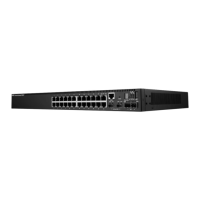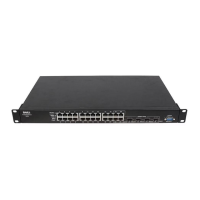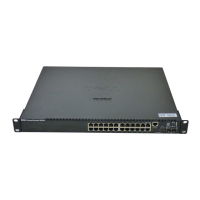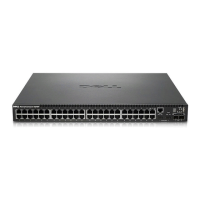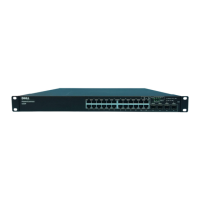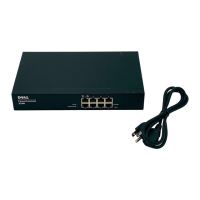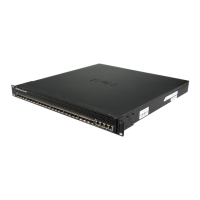30 Using the CLI
Setup Wizard
The CLI supports a Setup Wizard. This is an easy-to-use user interface which quickly guides the user in
setting up basic device information, so that the device can be easily managed from a Web Based
Interface. Refer to the Getting Started Guide and User Guide for more information on the Setup
Wizard.
Terminal Command Buffer
Every time a command is entered in the CLI, it is recorded on an internally managed Command History
buffer. Commands stored in the buffer are maintained on a First In First Out (FIFO) basis.These
commands can be recalled, reviewed, modified, and reissued. This buffer is not preserved across device
resets.
By default, the history buffer system is enabled, but it can be disabled at any time. For information about
the command syntax to enable or disable the history buffer, see history.
There is a standard default number of commands that are stored in the buffer. The standard number of
10 commands can be increased to 256. By configuring 0, the effect is the same as disabling the history
buffer system. For information about the command syntax for configuring the command history buffer,
see history size.
To display the history buffer, see show history.
Negating the Effect of Commands
For many configuration commands, the prefix keyword "no" can be entered to cancel the effect of a
command or reset the configuration to the default value. This guide describes the negation effect for all
applicable commands.
Keyword Source or destination
Up-arrow key
Ctrl+P
Recalls commands in the history buffer, beginning with the most recent
command. Repeats the key sequence to recall successively older
commands.
Down-arrow key Returns to more recent commands in the history buffer after recalling
commands with the up-arrow key. Repeating the key sequence will recall
successively more recent commands.
5400_CLI.book Page 30 Wednesday, December 17, 2008 4:33 PM

